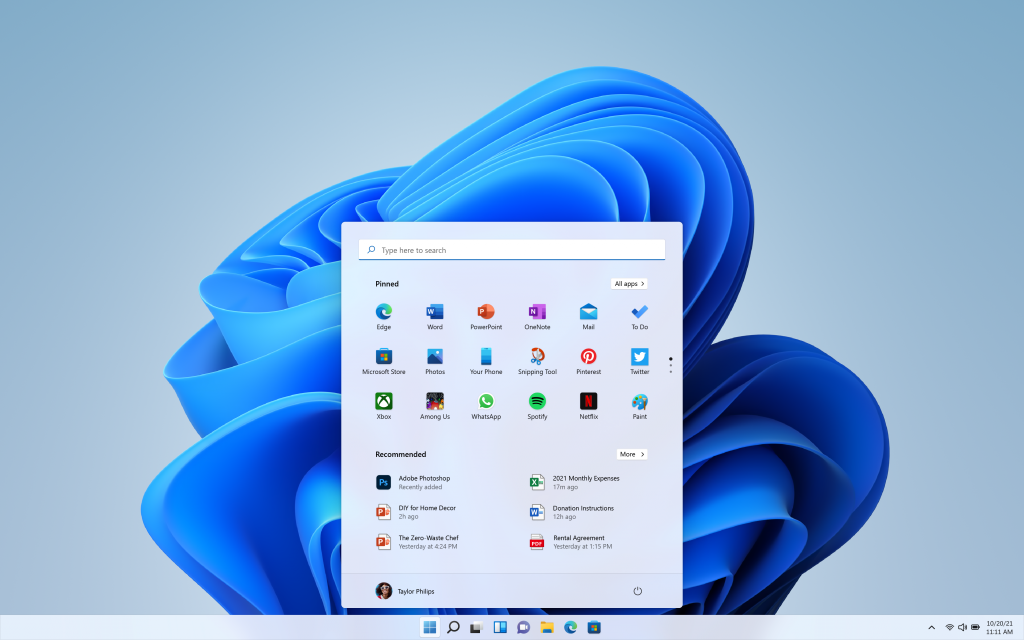

IT asset management platform specialist Lansweeper has updated its operating system survey, six months after the launch of Windows 11 in October 2021.
The updated survey from Lansweeper found that just 1.44 percent of PCs are running Windows 11.
This means that more PCs are still running Windows XP (1.71 percent), which was launched way back in 2001. Official Microsoft support for the veteran OS ended in 2014.
Four months ago Lansweeper provided a sobering insight into the reception of the Windows 11 operating system, when it found that just 0.52 percent PCs ran Redmond’s latest operating system in January 2022.
Now its updated data shows that 1.44 percent of PCs are running Windows 11.
The survey also found that Windows 7 is still found on 4.7 percent of PCs, and Windows 8 is still found on 1.99 percent of PCs.
Windows 10 is still the clear leader, sitting on 80.34 percent of devices surveyed.
This means that six months since Windows 11’s arrival, Windows XP, Windows 7, Windows 8, and Windows 10 all remain remain more popular, relegating Windows 11 to fifth place.
Windows Vista (remember that OS?) is sitting at a very lowly 0.04 percent.
Indeed, the Lansweeper survey confirmed that while the Windows 11 adoption rate has almost tripled over the past three months, uptake has remained slow.
Lansweeper surveyed more than 10 million Microsoft devices to compile its uptake data.
So why is adoption of Windows 11 so slow?
Well, Lansweeper’s data four months ago provided an answer to this, when it revealed that 55 percent of devices scanned are not capable of being upgraded to Windows 11.
Indeed, while the majority of Microsoft devices scanned passed the RAM test (91 percent), only about half of the workstation TPMs (Trusted Platform Module) tested met the requirements. Furthermore 19 percent failed and 28 percent were not TPM compatible or did not have it enabled, Lansweeper previously revealed.
Lansweeper’s updated results also found that the number of machines running End of Life Operating Systems has fallen to 6.6 percent compared to 9.75 percent in January 2022.
A significant portion of these are running Windows XP and Windows 7.
“Although the rate of adoption is increasing bit by bit, it’s obvious that Windows 11 upgrades aren’t going as fast as Microsoft had hoped, especially within the business environment,” noted Roel Decneut, chief strategy officer at Lansweeper.
“Many organisations have been put off from having to buy new machines that meet these conditions, while others are simply happy with the current existence of Windows 10 which continues to be supported until 2025,” Decneut added.
“This situation will likely continue in the future unless businesses are given a compelling reason to upgrade,” said Decneut. “For those looking to adopt Windows 11, the first step is to assess which of their existing devices are capable of upgrading.”
“It’s the reason why IT asset management is so important for organisations, capable of running in-depth device audits that can tell IT teams the hardware specs of machines so they can weigh up how many devices are capable of upgrading and the potential cost of such a move,” Decneut concluded.
Lansweeper said its technology is able to automatically identify each and every device, and what operating system they are running – a task that can be challenging for other IT asset management providers.
Italy, White House issue joint statement condemning 'discriminatory' tech taxes as US seeks to end…
Italian newspaper Il Foglio says four-page AI-generated supplement published every day for a month shows…
Huawei launches Titanium edition of Eyewear 2 smart glasses with gesture controls and AI-powered simultaneous…
Gerald Yin, founder, chairman and chief executive of key Chinese chip tools maker AMEC, drops…
Intel reportedly tells clients in China some of its AI chips will now require export…
New Intel chief executive Lip-Bu Tan flattens company's leadership structure as he seeks to end…